Home>Home Appliances>Laundry Appliances>What Is The Best Top-Loading Washing Machine
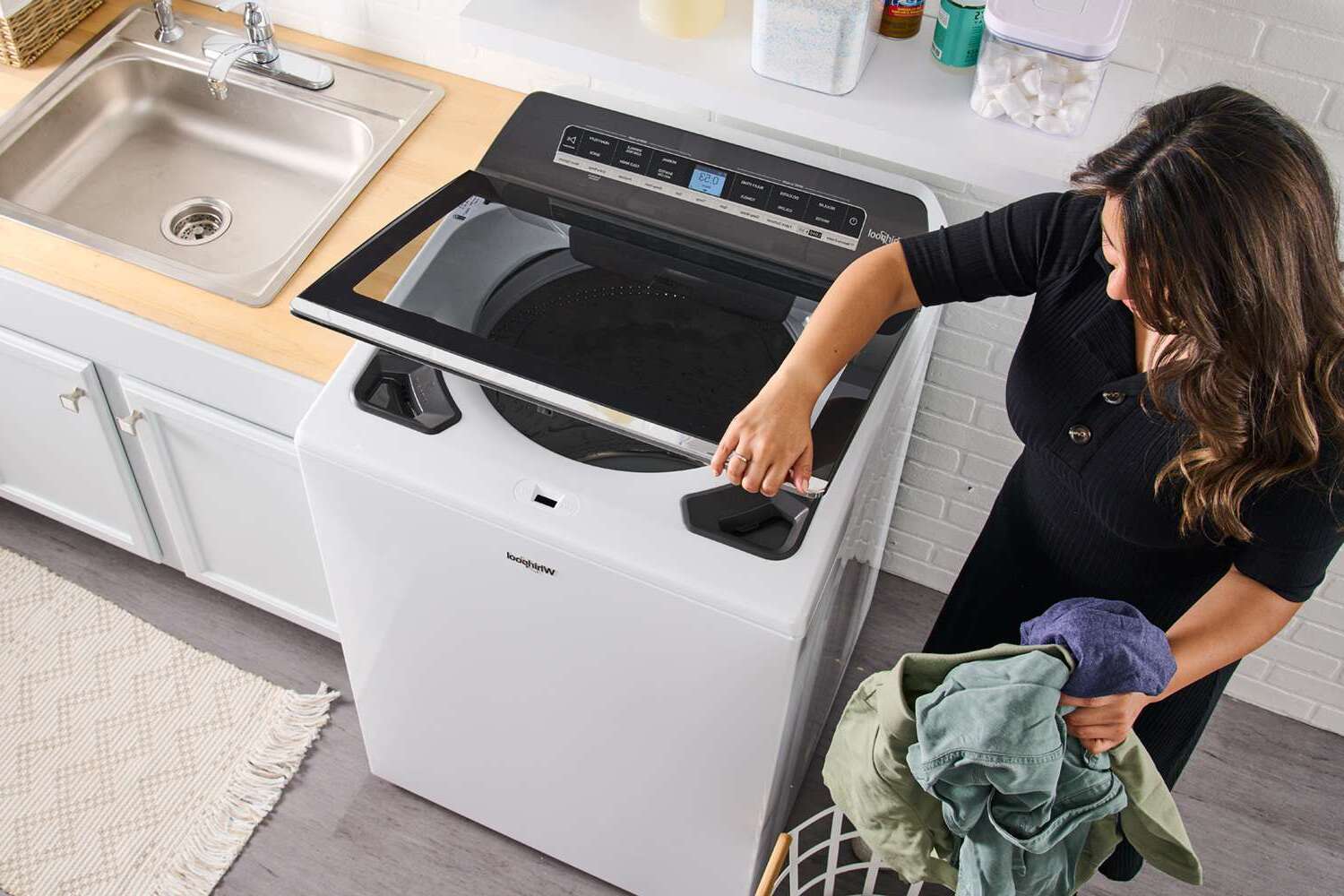

Laundry Appliances
What Is The Best Top-Loading Washing Machine
Published: February 22, 2024
Discover the top-loading washing machine that suits your laundry needs. Find the best laundry appliances for your home today!
(Many of the links in this article redirect to a specific reviewed product. Your purchase of these products through affiliate links helps to generate commission for Storables.com, at no extra cost. Learn more)
Key Features to Look for in a Top-Loading Washing Machine
When it comes to selecting a top-loading washing machine, several key features can significantly impact its performance and your overall laundry experience. Understanding these features will help you make an informed decision and choose a washing machine that best suits your needs. Here are the essential features to consider:
-
Capacity: The capacity of a washing machine determines how many clothes it can wash in a single cycle. For larger households, a machine with a higher capacity is ideal, as it can handle more laundry in one go, reducing the number of loads required.
-
Agitator or Impeller: Traditional top-loading washing machines feature an agitator, a central post that moves clothes around. However, newer models often utilize an impeller, a low-profile cone or disc located at the bottom of the tub. Impeller models are known for their gentle yet effective cleaning and increased capacity due to the absence of a central agitator.
-
Wash Cycles and Options: Look for a machine with a variety of wash cycles and options to cater to different fabric types and soil levels. Common cycles include normal, delicate, heavy-duty, and quick wash. Additional options such as pre-soak, extra rinse, and steam wash can enhance the machine's versatility.
-
Water Level and Temperature Control: Opt for a washing machine that allows you to adjust the water level and temperature based on the size of the load and the fabric being washed. This feature not only conserves water but also ensures that delicate fabrics are treated with care.
-
Noise and Vibration Reduction: A quiet washing machine is essential, especially if it will be placed near living areas. Look for models equipped with noise and vibration reduction technologies to minimize operational disturbances.
-
Energy Efficiency: Choose a washing machine with a high energy efficiency rating to reduce electricity consumption and lower utility bills. Energy Star certified models are designed to conserve energy without compromising performance.
-
Automatic Dispensers: Some top-loading washing machines come with automatic dispensers for detergent, fabric softener, and bleach. These dispensers release the products at the optimal time during the wash cycle, ensuring thorough and efficient cleaning.
-
Cycle Time: Consider the average cycle time of the machine, especially if you have a busy schedule. Look for models with quick wash options for when you need to launder smaller loads in a hurry.
By prioritizing these key features when shopping for a top-loading washing machine, you can make a well-informed decision and select a model that aligns with your specific laundry needs and preferences.
Key Takeaways:
- Choose a top-loading washing machine with features like high capacity, energy efficiency, and gentle cleaning to meet your laundry needs and save on utility bills.
- Consider the pros and cons of top-loading vs. front-loading machines to find the best fit for your lifestyle, budget, and laundry preferences.
Read more: Which Brand Of Top Load Washer Is Best?
Top-Loading Washing Machine vs. Front-Loading Washing Machine: Pros and Cons
When it comes to choosing between a top-loading and a front-loading washing machine, it's essential to weigh the pros and cons of each to determine which best suits your lifestyle and laundry needs.
Top-Loading Washing Machine
Pros:
- Ease of Use: Top-loading machines are ergonomically friendly, as they allow users to load and unload laundry without the need to bend down. This feature is particularly beneficial for individuals with mobility issues or back problems.
- Quick Access: With a top-loading machine, you can add forgotten items to the wash cycle even after it has started, providing greater flexibility and convenience.
- Affordability: In general, top-loading machines are more budget-friendly than their front-loading counterparts, making them an attractive option for cost-conscious consumers.
- Faster Wash Cycles: Top-loading machines typically offer shorter wash cycle times, making them ideal for those with busy schedules who need to complete laundry tasks efficiently.
Cons:
- Water and Energy Consumption: Top-loading machines generally use more water and energy compared to front-loading models, potentially leading to higher utility costs over time.
- Limited Capacity: While some top-loading machines offer generous capacities, others may have limitations in terms of the amount of laundry they can accommodate in a single cycle.
- Agitator Impact: Traditional top-loading machines with agitators can be harsh on certain fabrics, potentially causing wear and tear over time.
Front-Loading Washing Machine
Pros:
- Energy Efficiency: Front-loading machines are known for their superior energy efficiency, consuming less water and electricity compared to top-loading models. This can result in long-term cost savings and reduced environmental impact.
- Gentler on Clothes: The tumbling action of front-loading machines is gentler on fabrics, making them an ideal choice for delicate garments and items that require extra care.
- Space-Saving Design: Front-loading machines are stackable, allowing for vertical installation to save space in compact laundry areas.
- Enhanced Cleaning Performance: Front-loading machines typically provide better cleaning results, thanks to their tumbling motion and the ability to accommodate larger loads.
Cons:
- Initial Cost: Front-loading machines often come with a higher upfront price tag compared to top-loading models, potentially posing a barrier for budget-conscious consumers.
- Bending Requirement: Loading and unloading laundry from a front-loading machine requires bending down, which may be challenging for individuals with mobility issues or back problems.
- Odor and Mold Concerns: Front-loading machines are susceptible to mold and mildew buildup, requiring regular maintenance and cleaning to prevent unpleasant odors and potential health hazards.
By carefully considering the pros and cons of top-loading and front-loading washing machines, you can make an informed decision based on your specific preferences, budget, and laundry requirements.
Top-Loading Washing Machine Maintenance Tips
Proper maintenance is crucial to ensure the longevity and optimal performance of your top-loading washing machine. By implementing regular maintenance practices, you can prevent potential issues, extend the appliance's lifespan, and maintain the cleanliness of your laundry. Here are essential maintenance tips to keep your top-loading washing machine in top condition:
Read more: How To Load Top Load Washer Without Agitator
Clean the Interior and Exterior Regularly
Regular cleaning of the interior and exterior surfaces of your washing machine is vital to prevent the buildup of detergent residue, dirt, and grime. Wipe down the exterior with a damp cloth and mild detergent to remove dust and stains. For the interior, run a cleaning cycle with hot water and white vinegar or a specialized washing machine cleaner to eliminate soap scum, bacteria, and unpleasant odors.
Inspect and Clean the Dispenser and Agitator
The detergent and fabric softener dispensers can become clogged with residue over time, affecting their functionality. Remove the dispensers and clean them thoroughly with warm, soapy water to ensure proper product distribution during wash cycles. Additionally, if your top-loading washing machine features an agitator, inspect it regularly for any trapped debris or clothing items that may impede its movement. Clear any obstructions to maintain effective agitation during wash cycles.
Check and Clean the Drain Pump and Filter
Periodically inspect the drain pump and filter to remove any lint, debris, or foreign objects that may obstruct water drainage. A clogged drain pump or filter can lead to drainage issues and potential water damage. Refer to the manufacturer's instructions for guidance on locating and cleaning the drain pump and filter to maintain optimal functionality.
Balance the Machine and Inspect Hoses
Ensure that your top-loading washing machine is level and balanced to prevent excessive vibration and noise during operation. Use a bubble level to check the machine's balance and adjust the leveling feet as needed. Additionally, inspect the inlet and outlet hoses for any signs of wear, leaks, or blockages. Replace damaged hoses promptly to prevent water leaks and potential flooding.
Perform Regular Maintenance Checks
Conduct routine maintenance checks on components such as the lid switch, drive belt, and motor to identify any signs of wear or malfunction. Addressing issues promptly can prevent more extensive damage and costly repairs in the future. Refer to the manufacturer's manual for specific maintenance guidelines and recommended inspection intervals.
By incorporating these maintenance tips into your routine, you can ensure that your top-loading washing machine operates efficiently, delivers optimal cleaning results, and remains in excellent condition for years to come. Regular maintenance not only safeguards the appliance but also contributes to the overall cleanliness and hygiene of your laundry.
Top-Loading Washing Machine Energy Efficiency and Water Usage
Energy efficiency and water usage are critical factors to consider when evaluating the environmental impact and operational costs of a top-loading washing machine. Understanding how these aspects influence the appliance's performance and sustainability can guide consumers in making informed purchasing decisions.
Energy Efficiency
Top-loading washing machines vary in their energy efficiency, with some models consuming more electricity than others. When assessing the energy efficiency of a top-loading machine, look for the Energy Star label, which indicates that the appliance meets or exceeds the stringent energy efficiency guidelines set by the Environmental Protection Agency (EPA). Energy Star certified washing machines are designed to minimize energy consumption without compromising cleaning performance, resulting in lower electricity bills and reduced environmental impact.
Several features contribute to the energy efficiency of a top-loading washing machine. High-efficiency models utilize advanced technologies such as sensor-driven wash cycles, which optimize water usage and cycle duration based on the load size and soil level. Additionally, these machines often incorporate improved insulation and advanced motor systems to reduce energy waste and operational noise.
Consumers can further enhance the energy efficiency of their top-loading washing machines by adopting eco-friendly laundry practices. Using cold water for washing, selecting shorter wash cycles when appropriate, and avoiding overloading the machine can all contribute to reduced energy consumption. Additionally, choosing a model with a high spin speed can minimize the moisture content in the laundry, reducing the time and energy required for drying.
Water Usage
The water usage of a top-loading washing machine is another crucial aspect to consider, particularly in regions where water conservation is a priority. Traditional top-loading machines with agitators tend to consume more water compared to newer impeller-based models. However, advancements in technology have led to the development of top-loading machines with adjustable water levels and efficient water distribution systems, allowing users to minimize water usage without compromising cleaning effectiveness.
When evaluating the water efficiency of a top-loading washing machine, look for features such as load-sensing technology, which automatically adjusts the water level based on the size of the load. Additionally, models equipped with multiple water level settings provide users with the flexibility to conserve water when washing smaller loads, contributing to overall water savings.
By considering the energy efficiency and water usage of top-loading washing machines, consumers can make environmentally conscious choices while potentially reducing long-term operational costs. Selecting a model with high energy and water efficiency not only benefits the environment but also promotes sustainable and cost-effective laundry practices.
Read more: How To Clean A Top-Loading Washing Machine
Top-Loading Washing Machine Capacity and Size Considerations
When selecting a top-loading washing machine, understanding the capacity and size considerations is crucial to ensure that the appliance meets your specific laundry needs and fits seamlessly into your home environment. The capacity of a washing machine refers to the amount of laundry it can accommodate in a single cycle, while the overall size determines its fit within your laundry space.
Capacity
The capacity of a top-loading washing machine is a key factor to consider, especially for households with varying laundry demands. Machines with larger capacities are well-suited for larger families or individuals who frequently launder bulky items such as comforters and bedding. On the other hand, smaller capacity machines are ideal for compact living spaces or for individuals with lighter laundry requirements.
When assessing capacity, it's essential to strike a balance between selecting a machine that can handle your typical load sizes without being oversized, which can lead to unnecessary water and energy consumption for smaller loads. Additionally, consider the flexibility of the machine's capacity to accommodate both large and small loads efficiently, providing versatility for various laundry needs.
Size Considerations
In addition to capacity, the physical dimensions of the top-loading washing machine play a significant role in its suitability for your home. Measure the available space in your laundry area to ensure that the selected machine fits comfortably without obstructing walkways or interfering with other appliances. Consider the clearance required for opening the machine's lid and accessing the interior for loading and unloading laundry.
Furthermore, take into account the doorways and hallways through which the washing machine must pass during installation. Confirm that the dimensions of the selected machine allow for smooth and unobstructed transportation and placement within your home.
When evaluating size considerations, also consider the machine's weight, especially if it needs to be transported to an upper floor or through narrow spaces. Opt for a machine that aligns with the structural capacity of your home and can be safely maneuvered during installation.
By carefully assessing the capacity and size considerations of top-loading washing machines, you can select an appliance that not only accommodates your laundry requirements but also seamlessly integrates into your living space, enhancing both functionality and convenience.
Frequently Asked Questions about What Is The Best Top-Loading Washing Machine
Was this page helpful?
At Storables.com, we guarantee accurate and reliable information. Our content, validated by Expert Board Contributors, is crafted following stringent Editorial Policies. We're committed to providing you with well-researched, expert-backed insights for all your informational needs.
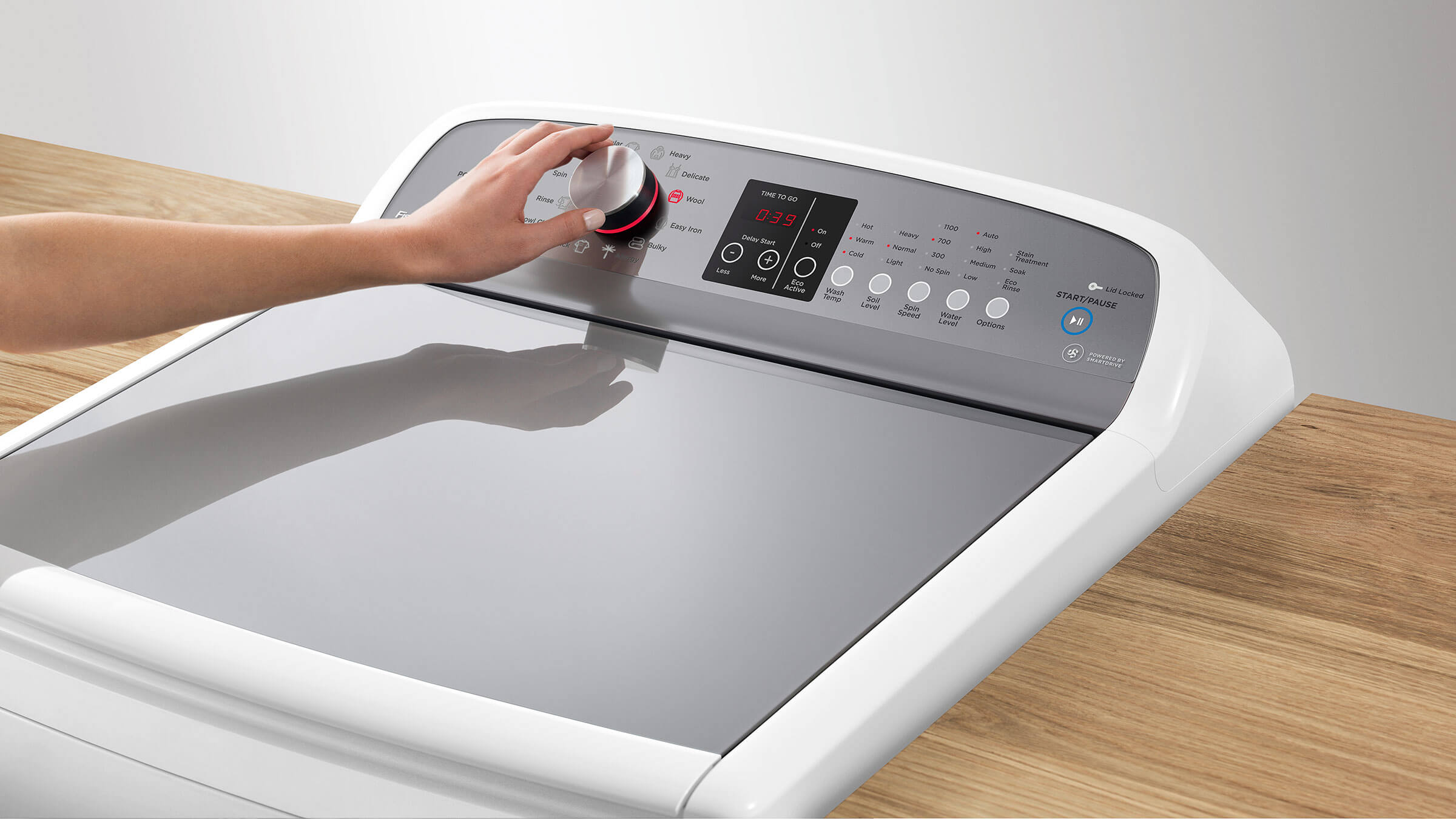
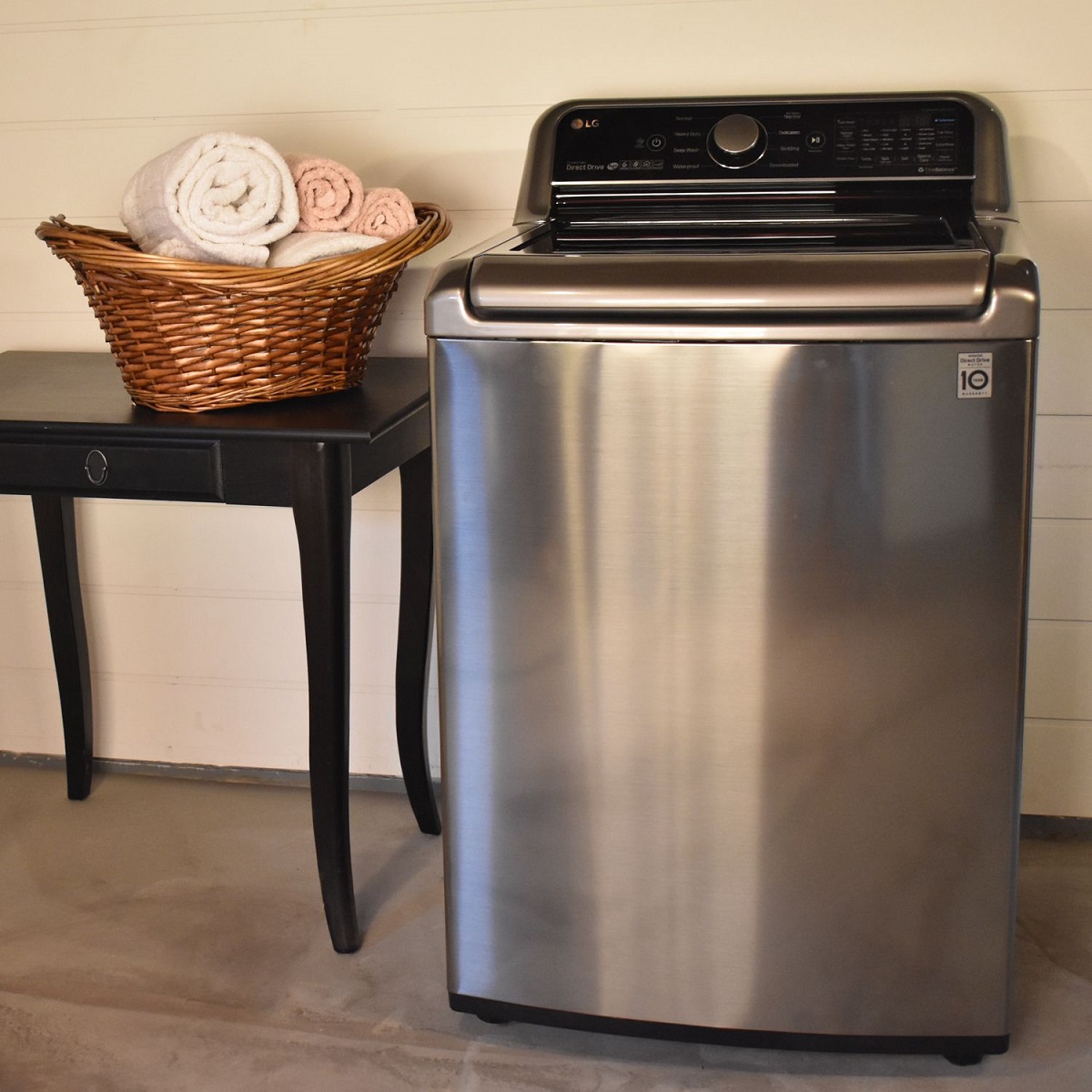
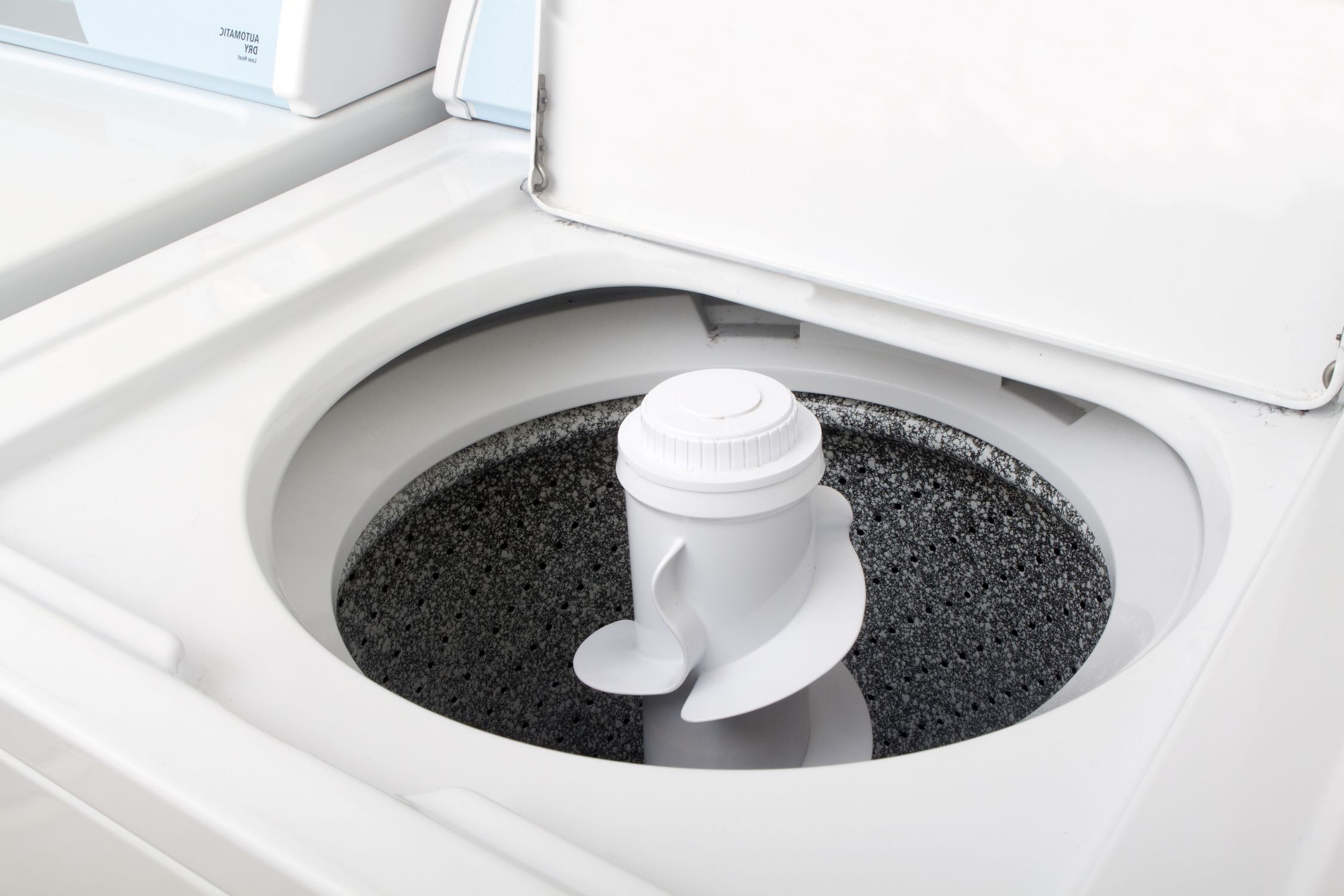
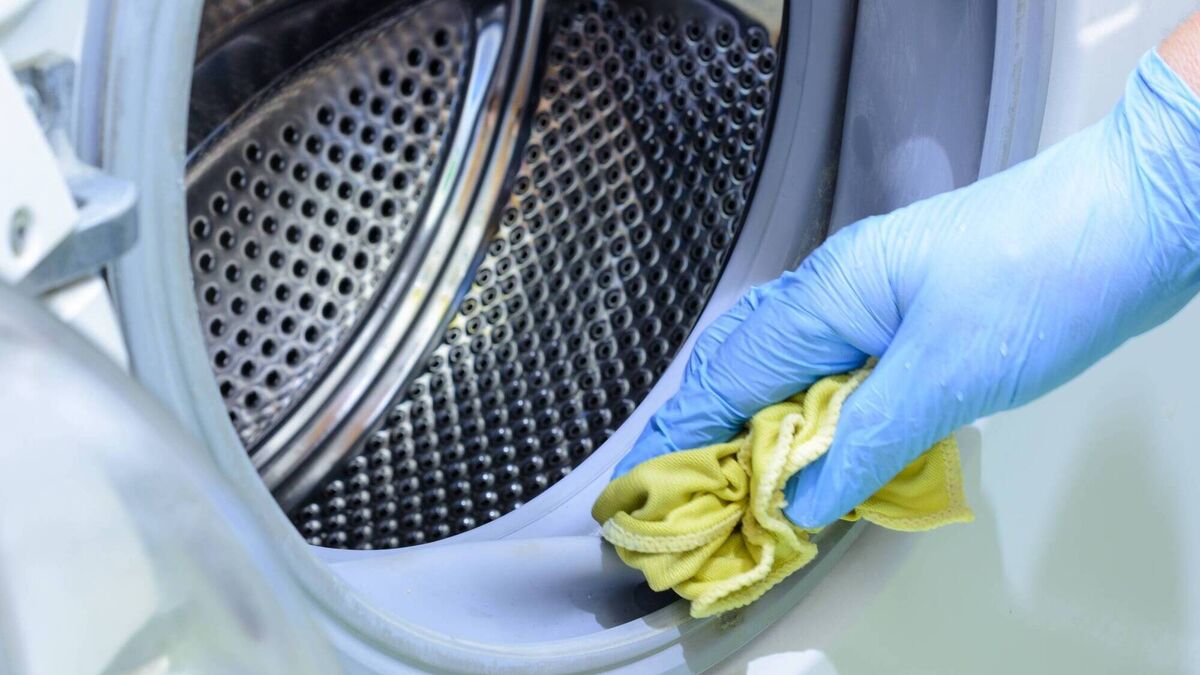
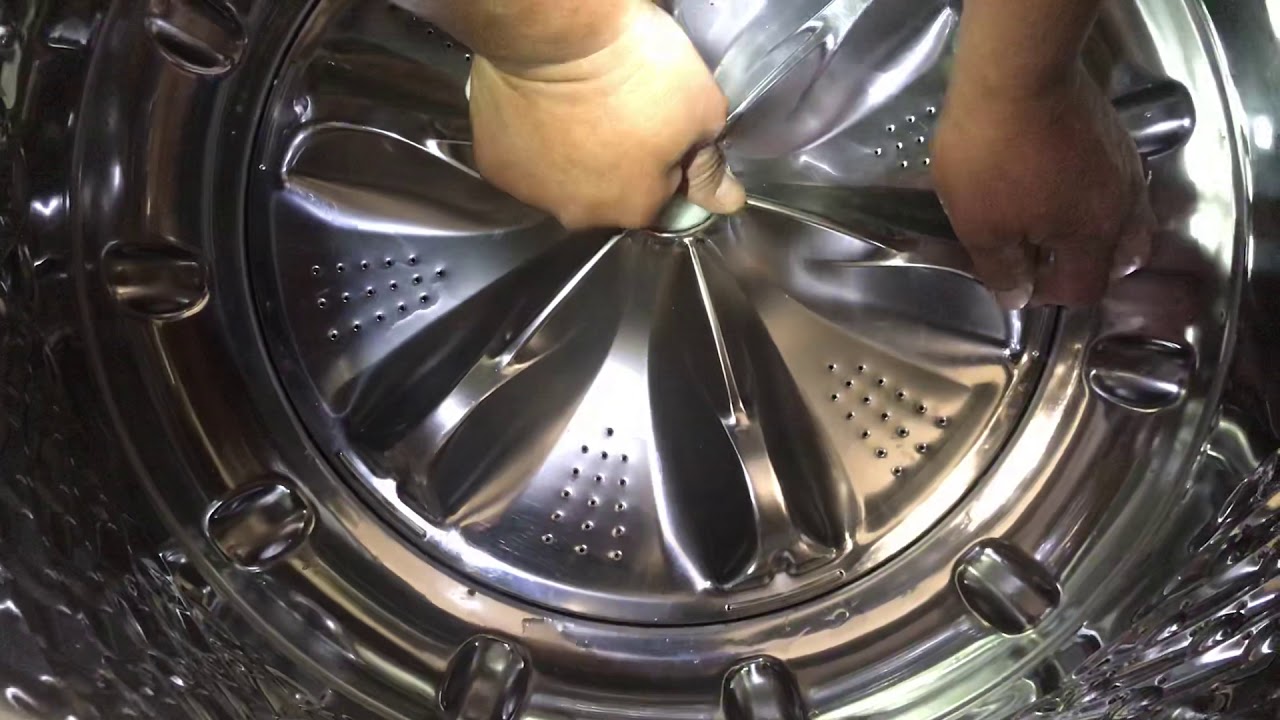
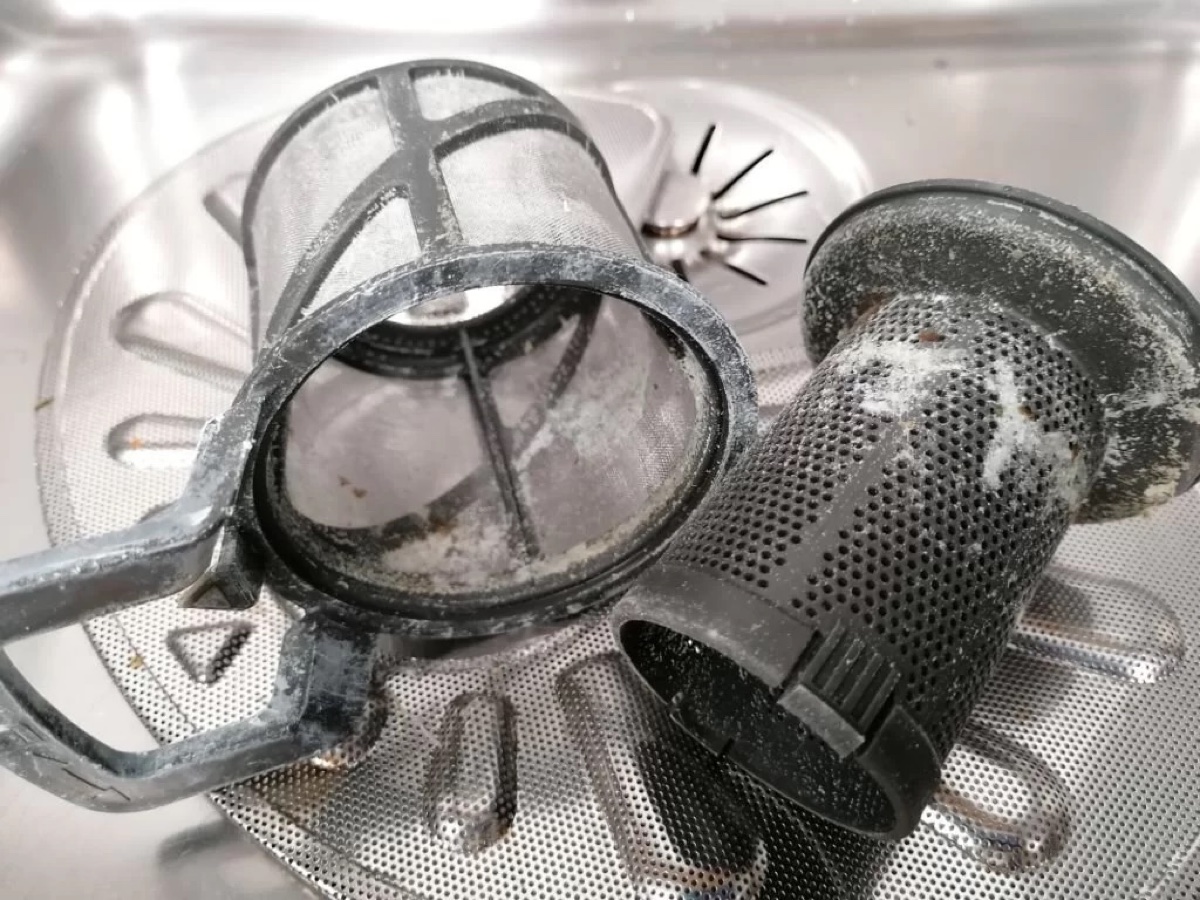
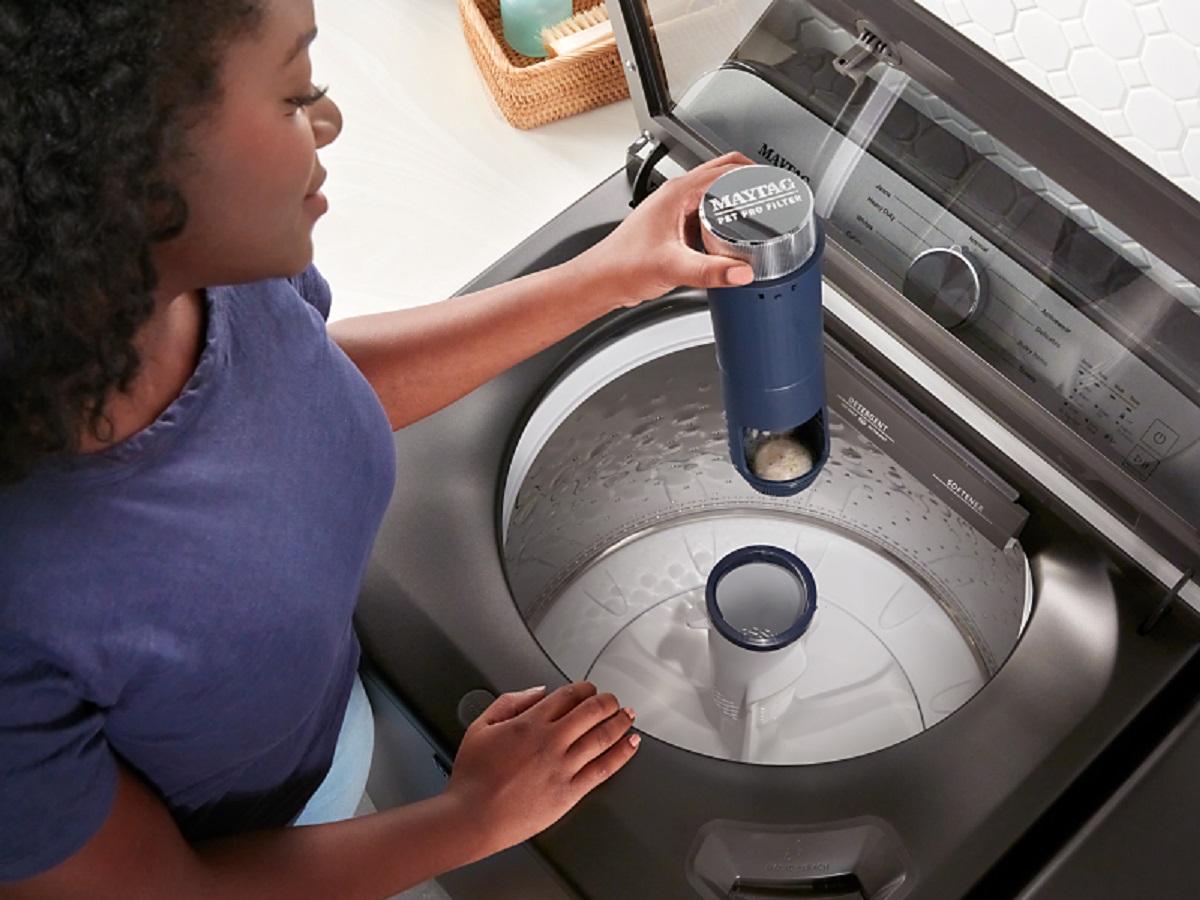
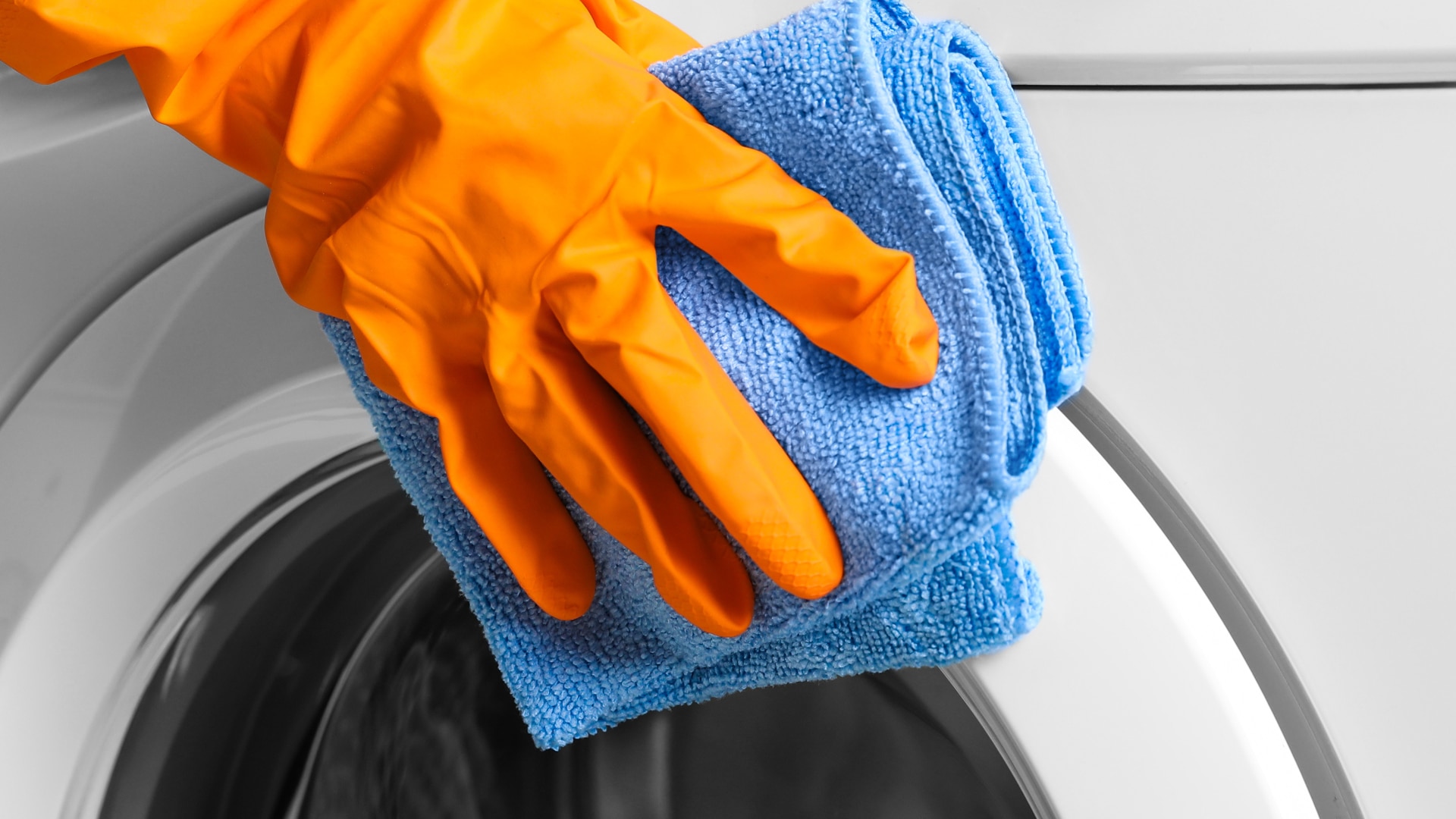
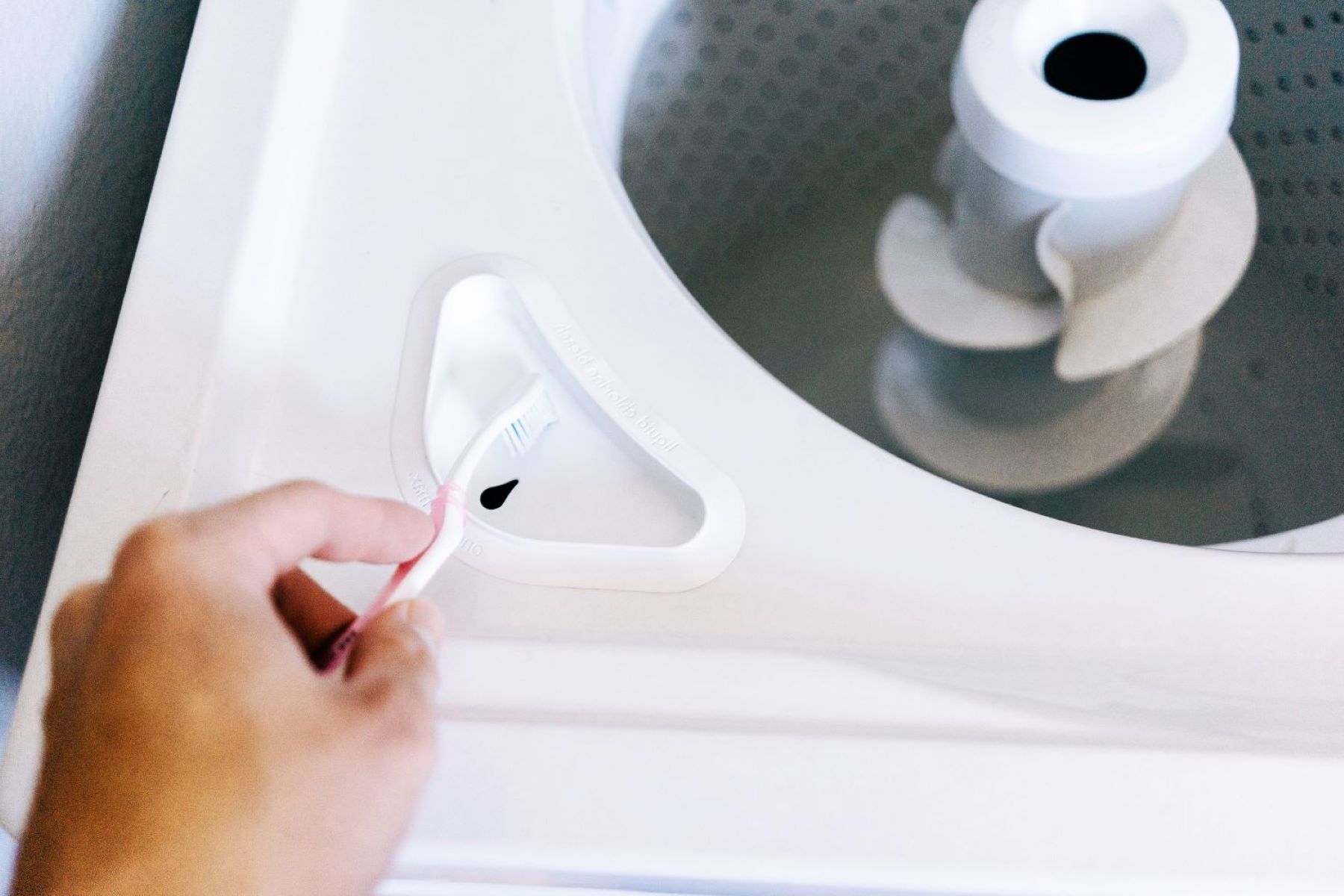
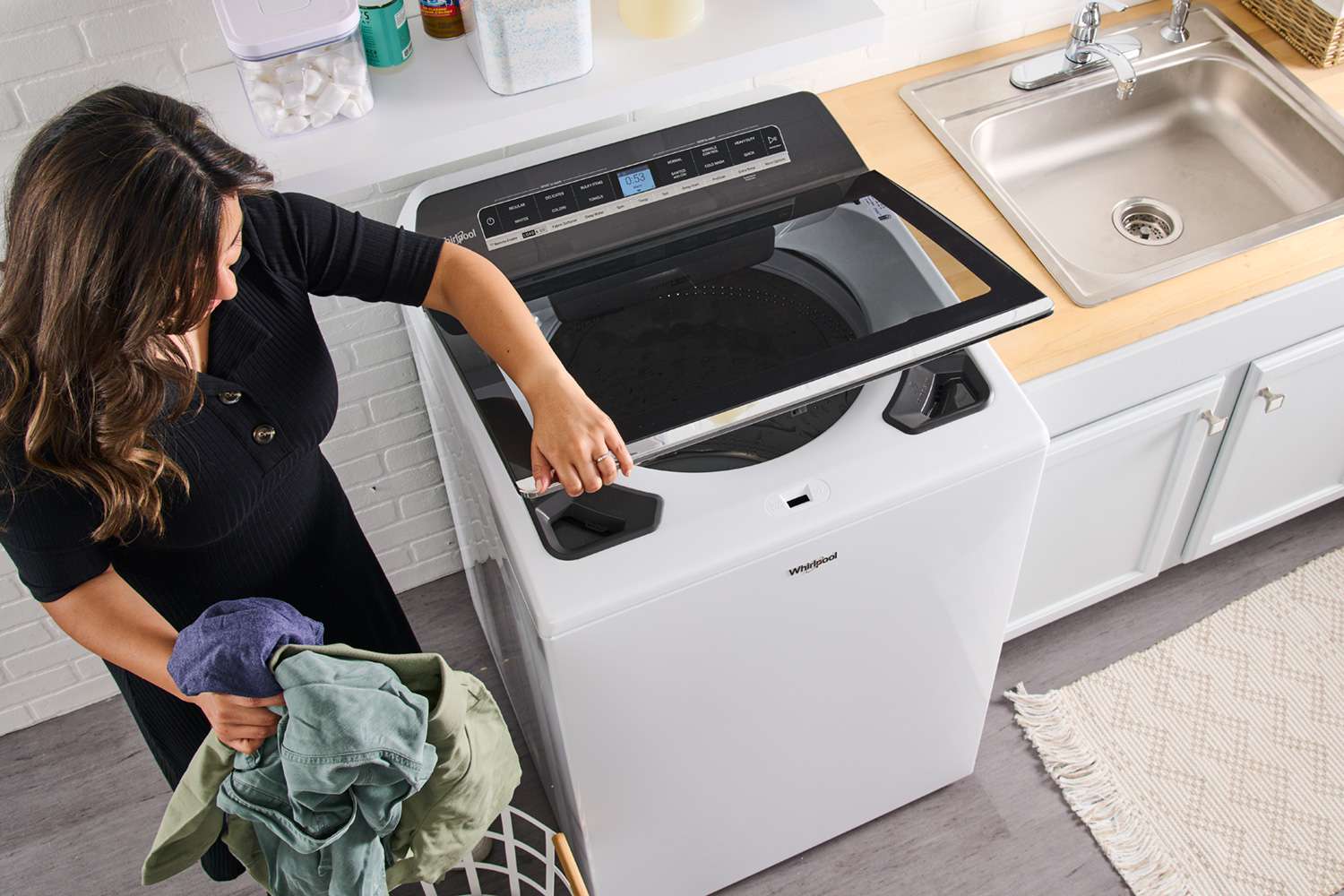

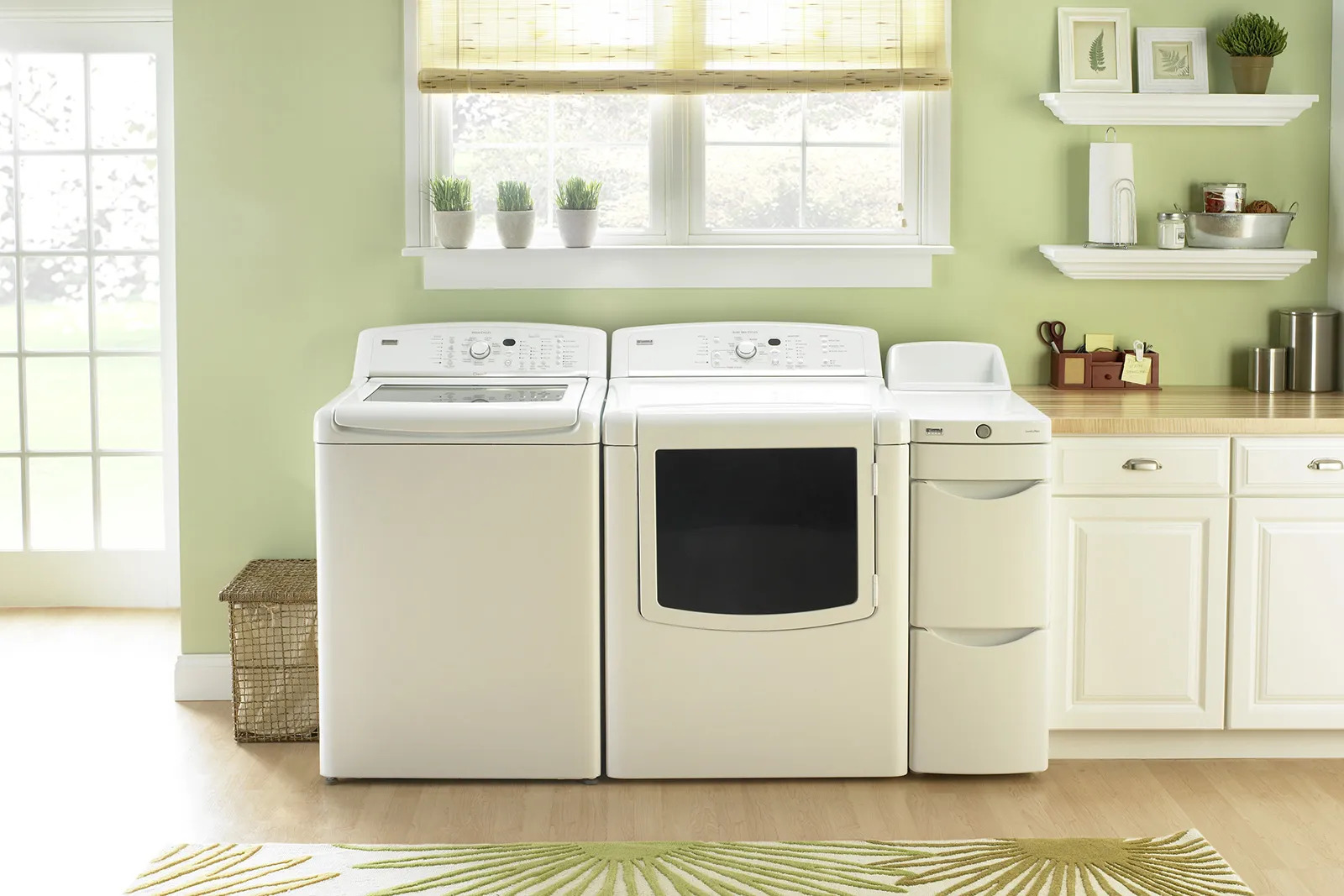

0 thoughts on “What Is The Best Top-Loading Washing Machine”